Sophia Loren and Little Tony: The Leisure Life of the Jews of Tripoli, Libya, in the 1950s and 1960s
by Eyal David
“On June 5, when the first news of the Six Day War reached Tripoli, the riots broke out (…) Tripoli, the clean uthornd pleasant city, became something out of Dante’s Inferno. The air was heavy, smoky; police and soldiers armed with rifles and submachine guns were everywhere. The streets were littered with broken glass, broken objects, broken wood, and looted goods from shops (…) It was clear that the rioters were going first to the Jews, but now they are after everything foreign…“
This quote, taken from the testimony of a bank teller, reveals the discordant final note in the life of the small and wealthy Jewish community that remained in Tripoli in the 1950s and 1960s: its elimination in 1967 following the Six Day War. The war provoked violent riots in which 17 Jews were murdered, including two entire families that were killed by a Libyan officer: the Luzon family and the Baranes-Raccah family, the family of my grandfather’s sister. This pogrom was the third in two decades (previous pogroms occurred in 1945 and 1948) and came after years of political and economic restrictions that had narrowed the activity of Jews in the economic and commercial life of the city. The Jews, members of a community that for generations had been an integral part of Libya’s social fabric, had to hide and then quickly leave the country, giving up their homes and all their possessions. A small number did remain until the 1969 military coup of Muammar al-Qaddafi, who, through a series of measures and rules, immediately made it clear that in the “new Libya” under his rule there was no place for foreigners and Jews.
After the great wave of immigration to Israel between 1949 and 1951, a few Jews remained in Benghazi, but most of the small Jewish community that remained in Libya was concentrated in Tripoli, the capital, and numbered more than 4,000. According to some reports, it was one of the wealthiest Jewish communities in the world at the time. These Jews were mainly members of the upper-middle class who chose to remain in the country under the independent Libyan regime of King Idris (starting in December 1951) and did not have their bags packed in anticipation of an opportunity to leave. On the contrary, they were integrated into a narrow stratum of foreign and Muslim elites, all of whom were part of the same social milieu and were rooted in Tripoli by their property, assets, and financial interests.

Jewish women in Western dress, evening event at the Italian club (courtesy of my grandmother Laura Baranes)
The lives of Tripoli’s Jews were marked by constant contradictions and it seems that, whether consciously or unconsciously, they walked on eggshells. On the one hand, they were locals; some were even scions of old families with deep roots in the country and continued to play a vital and stable role in the domestic economic scene even after the discovery of oil in the country in the late fifties and the resulting foreign investment. But on the other hand, in their behavior and dress they made it clear that they were not Arabs. Like the other foreign members of the elite, their identity was rooted in Europe, especially in Italy, and therefore neither in Africa nor in the Arab world. Some of them even held European citizenship, mainly Italian but also French and British, for example. Therefore, they adopted Western cultural trappings and symbols of social status, which separated them from the surrounding Muslim society. Although they lived in an independent Arab country, most of the time they conducted their lives in Italian and not in Arabic. In addition, they maintained their Jewish identity, albeit with a high degree of religious flexibility, even in the face of laws that discriminated against them. And in general, they kept their distance from the Muslim population, Libya’s majority. The Muslims perceived the Jews, with their clear identification with the Italian culture and language, as having turned their backs on Libyan Arab society. Moreover, the Jews’ high socioeconomic status was in stark contrast to the low status they should have had according to long-standing Islamic practice—the position of “ahl al-dhimma,” a protected religious minority with certain restrictions. Furthermore, anti-Jewish propaganda on the radio and in newspapers as well as in sermons in mosques, which became increasingly intense as the Arab-Israeli conflict continued, heightened hostility against the Jews.
Despite the restrictions, prohibitions, and harassment that the Jews faced at that time and the natural fear that some of them felt, they continued to live a comfortable and vibrant life, which was characteristic of the narrow bourgeois social stratum in Tripoli. From interviews I conducted with members of the community in Israel and Italy, as well as the little written documentation that exists on the subject, it emerged that the places of entertainment and leisure were their escapes, islands of sanity in a social reality that was increasingly turning against them. These places gave them a stable, albeit illusory and fleeting, anchor.
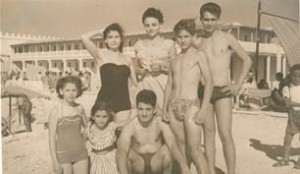
Summer at the Lido of Tripoli, the 1950s (courtesy of Vito Raccah)
The community spent its leisure time at the beach of Tripoli, the Lido as it is called in Italian, and at house parties, coffee shops, and modern cinemas that screened mostly Italian but also French and American movies. The upper-middle-class Jews of Tripoli could also be found in the city’s exclusive Italian and British clubs. One of the most prominent of these was the Italian club (Il Circolo Italia), which stood in front of the impressive and beautiful promenade, Il Lungomare, built near the beach under Italian rule. It was a prestigious members-only club that offered a variety of sports and entertainment, including basketball and boxing teams, classes in theater and ballet, and bridge tournaments. The club, as its name indicates, was designated for the city’s Italian community, but its members included wealthy Jews, a few of whom I interviewed. They stressed that Muslims did not frequent the club at all; only Christians and Jews were members, but not only those of Italian nationality. They said they had sent their children to the classes held at the club and that they visited the club when there were concerts and shows in Italian and for the Christmas and New Year celebrations (Capodanno in Italian). One of the interviewees said, “When it was Christmas, rich Jews filled the tables and the Italians were upset: ‘What is going on? This is our celebration and the Jews are taking up all the places?!’ ”
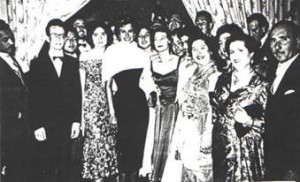
Dinner held in honor of Sophia Loren (center) in the Uaddan Hotel, March 1957
(Courtesy of Vittorio Halfon)
The hotels on the promenade were additional venues for parties and celebrations. The most glamorous was the Uaddan Hotel, established in 1935 and described as the “jewel of modern African architecture.” Daily cocktail parties were held at the hotel and it had a sumptuous hall that hosted balls, such as the New Year’s Eve ball, Saturday night parties that “provided a good reason to hang out until after midnight,” costume parties, and festive events such as weddings of the rich, including Jews. The Uaddan also hosted famous Italian artists in music, theater, and cinema, such as Sophia Loren, Little Tony, Peppino di Capri, and Rita Pavone, and Tripoli’s wealthy residents did not miss their performances. Moreover, the hotel had a large swimming pool and housed the only casino in town. The nightly entertainment in the casino was favored by more than a few Jews who visited it on weekdays as well as on Saturdays and holidays and often lost large amounts of money.
Other leisure-time venues were brothels and nightclubs. The interviewees mentioned two major nightclubs, the more prominent of which was the Mokambo. The other was in Suq al-Mushir (سوق المشير), one of the markets within the old city. These clubs offered “de luxe” cabarets, as one interviewee described them, “something with class, not something dirty,” and the people who came there were “people who had some money, also Arabs.” They hosted dance performances and striptease by “beautiful girls, but not Arabs. They were all foreign, European—most of them from Italy, but there were also Yugoslavs, Germans, English, Spanish, French…”
In conclusion, most of the Jews who remained in Libya after the great wave of emigration of 1949–1951 continued to live their lives, enjoying many comforts but struggling to maintain their fractured identity as the social space where it existed gradually shrank. This continued until the living conditions became intolerable and they were forced to leave. At once, they had to abandon the rich and full life they had had and start over as immigrants in a new country. Only about half of the community that had moved to Italy in the late 1960s, mainly the adults, immigrated to Israel later. A few from the earlier and last waves of emigration reached other countries, such as the United States, France, and England.

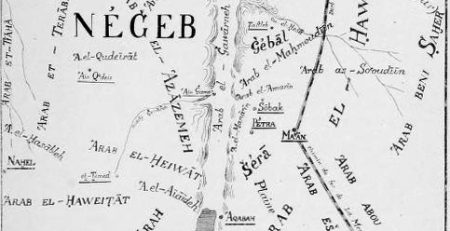
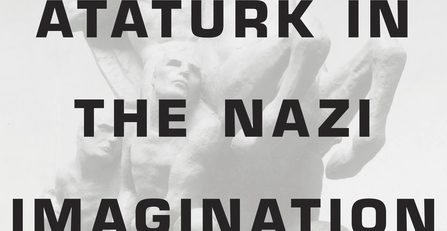

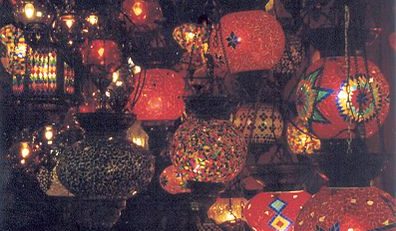

Comment (1)
Are you related to the MD architect? I interviewed his father.